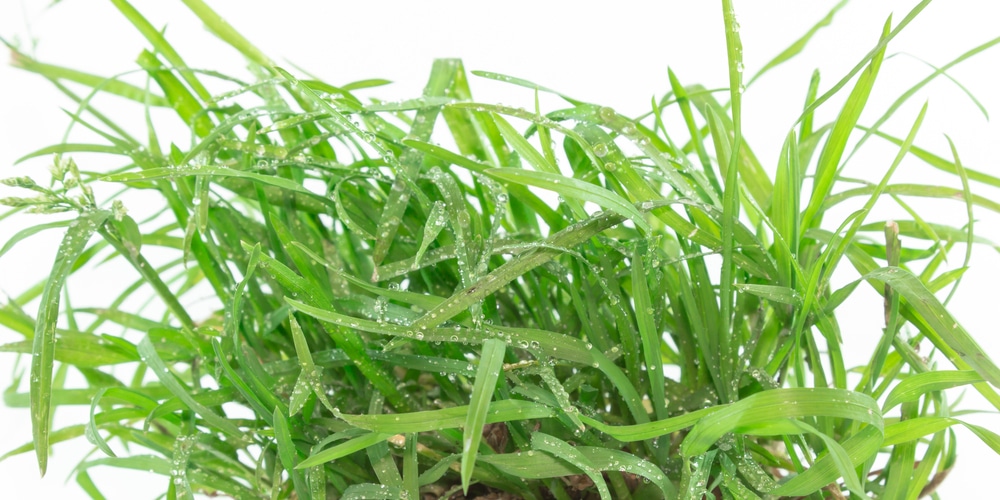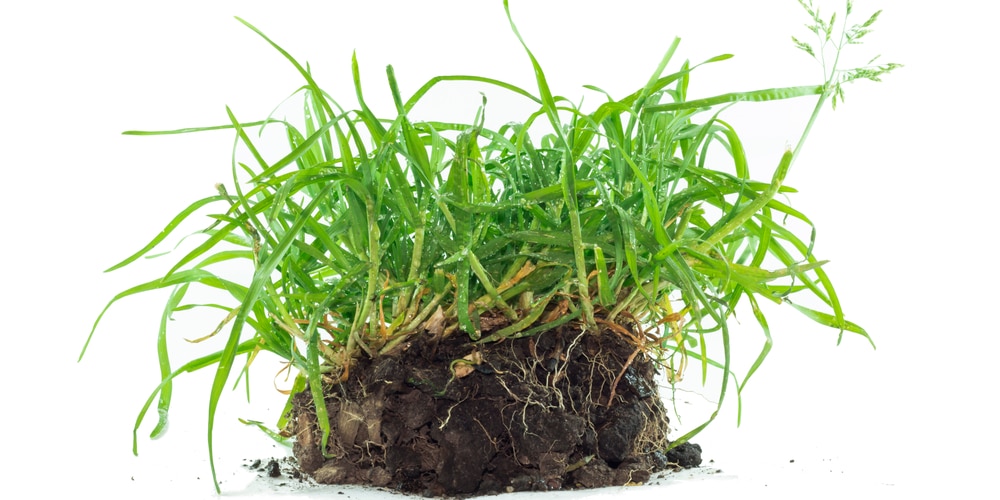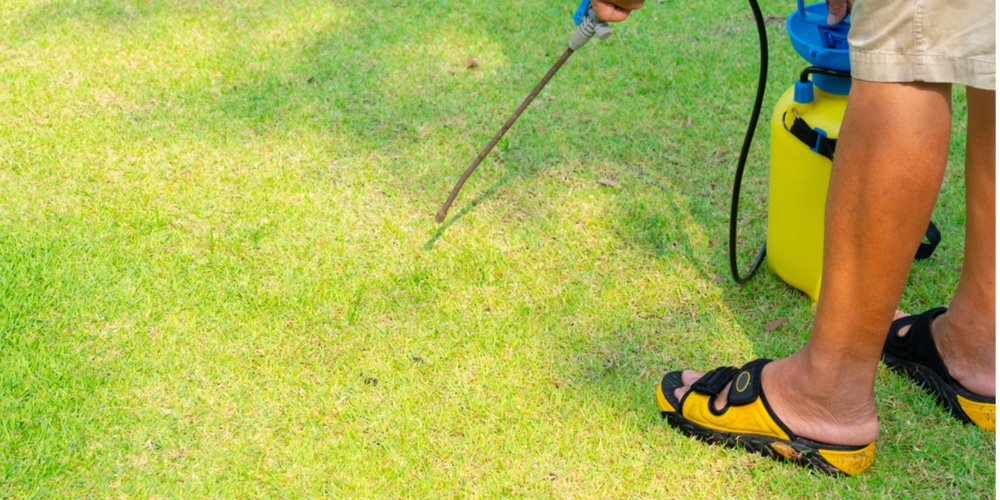Quackgrass is a pesky weed that can be difficult to get rid of. It seems to thrive in any soil and can quickly take over an area if not treated properly. Some people recommend using tenacity to kill quackgrass, but does it work?
In this article, we will explore the effectiveness of tenacity as a quackgrass killer.
What Is Quackgrass?

Quackgrass is a perennial grass that is considered to be a weed. It looks similar to annual ryegrass and may also resemble crabgrass; however, quackgrass is easily noticed by its long tapered blades that are thicker than the average blade of grass, usually about 1/3 inch thick and attached to a hollow stem.
It also has a distinctive leaf blade that wraps around the plant’s stem with clasping auricles. Unlike the shallow roots of crabgrass, quackgrass has very deep roots made up of rhizomes.
Quackgrass usually invades cultivated fields, gardens, and lawns, where it can become a nuisance. Once quackgrass has infested an area, eliminating it cannot be easy. However, it is possible to control this troublesome weed with persistence and herbicides effectively.
Can Tenacity Kill Quackgrass?
Quackgrass is a tough weed that can be difficult to control. Also known as Elymus repens, this grass is a common problem in lawns and gardens. It has a deep root system that allows it to spread and crowd out other plants quickly. Quackgrass is also resistant to many herbicides, making it a challenge to control.
Tenacity with its active ingredient, mesotrione, cannot kill quackgrass.
What Are The Alternatives To Tenacity?
Any herbicide with the active ingredient Glyphosate can kill quackgrass. Glysophate is a chemical that kills plants by inhibiting their ability to produce proteins.
When glyphosate comes into contact with quackgrass, it will kill the plant within a few days. Glyphosate is most effective when applied to young, actively growing quackgrass plants.
To achieve the best results, glyphosate should be applied to quackgrass that is not mowed and is taller than six inches. The herbicide should be applied to the leaves of the plant, which will then be absorbed through the foliage and translocated to the roots, where it will kill the plant.
It is important to note that glyphosate will also kill other plants, so care should be taken to avoid contact with desirable vegetation.
For post-emergence treatment, use an herbicide with either nicosulfuron or primisulfuron as active ingredients. These herbicides are absorbed by the quackgrass leaves and then translocated to the roots, where they will kill the plant.
Other Ways To Control Quackweed
Mechanical control
As its name suggests, mechanical control is the most labor-intensive method of quackweed control. Hand-pulling or tilling the roots is usually effective in small areas, but it can be pretty daunting in larger areas. In addition, any root fragments left in the soil will quickly regenerate into new plants.
As a result, mechanical control requires persistence and regular attention. However, mechanical control may be the best option for those looking for an organic solution.
Chemical control
Chemical control is the most common method of quackweed control. Glyphosate-based herbicides are effective in killing quackgrass. These herbicides should be applied to young, actively growing plants for best results. It is important to note that glyphosate will also kill other plants, so care should be taken to avoid contact with desirable vegetation.
Biological control
Biological control is the use of natural predators to control quackgrass. Unfortunately, there are no known predators that will specifically target quackgrass. However, some generalist predators such as ladybugs, lacewings, and ground beetles may provide some level of control.
Spot Treatments
You can try spot treating it with an herbicide for small areas of quackgrass. This is especially effective if the quackgrass is young. You’ll want to be careful not to damage the surrounding grass, so read the herbicide directions carefully. You may need to do this several times before the quackgrass is completely gone.
Preventing Quackgrass
The best way to control quackgrass is to prevent it from happening in the first place. Quackgrass thrives in areas of bare soil, so it’s essential to keep your lawn healthy and thick.
This will prevent quackgrass from taking hold. You should also mow your lawn regularly to prevent quackgrass from spreading. If you have quackgrass on your lawn, remove it quickly before it has a chance to spread.
Quackgrass Tenacity: The Bottom Line
Quackgrass is a tough weed that can be difficult to control. However, it is possible to control this troublesome weed with persistence and herbicides effectively.
Glyphosate-based herbicides are effective in killing quackgrass but will also kill other plants. As a result, care should be taken to avoid contact with desirable vegetation.
Mechanical control is another option for those looking for an organic solution, but it requires regular attention and persistence. Biological control is not an effective method of quackgrass control at this time.

